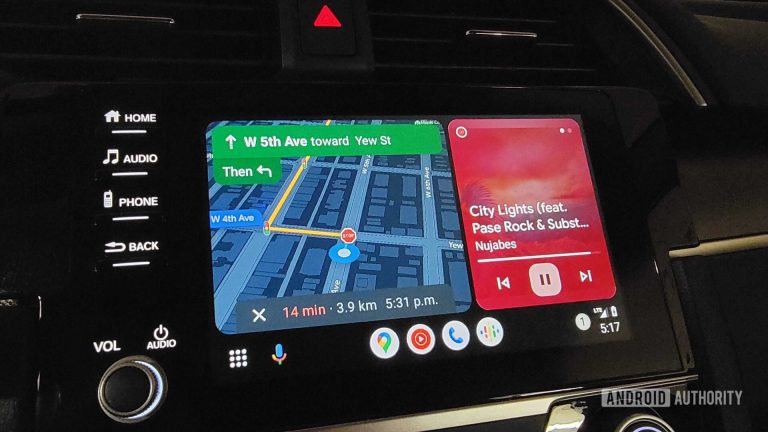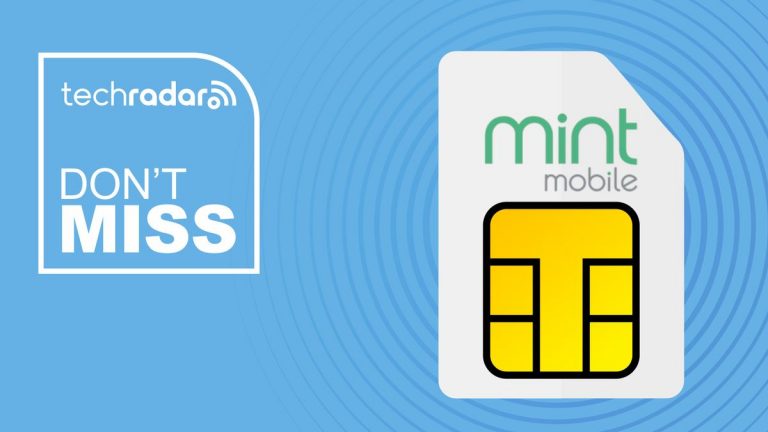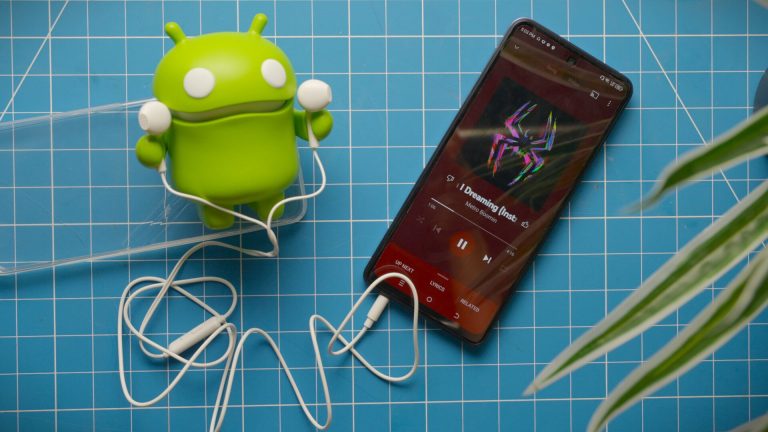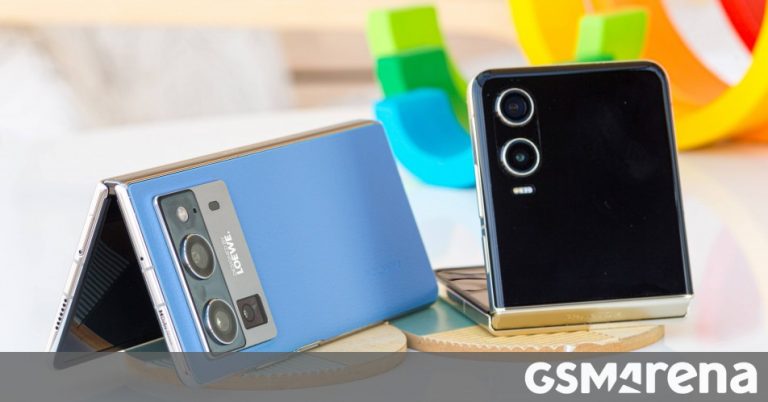Revolutionizing the Future: A Decade of Technology Evolution
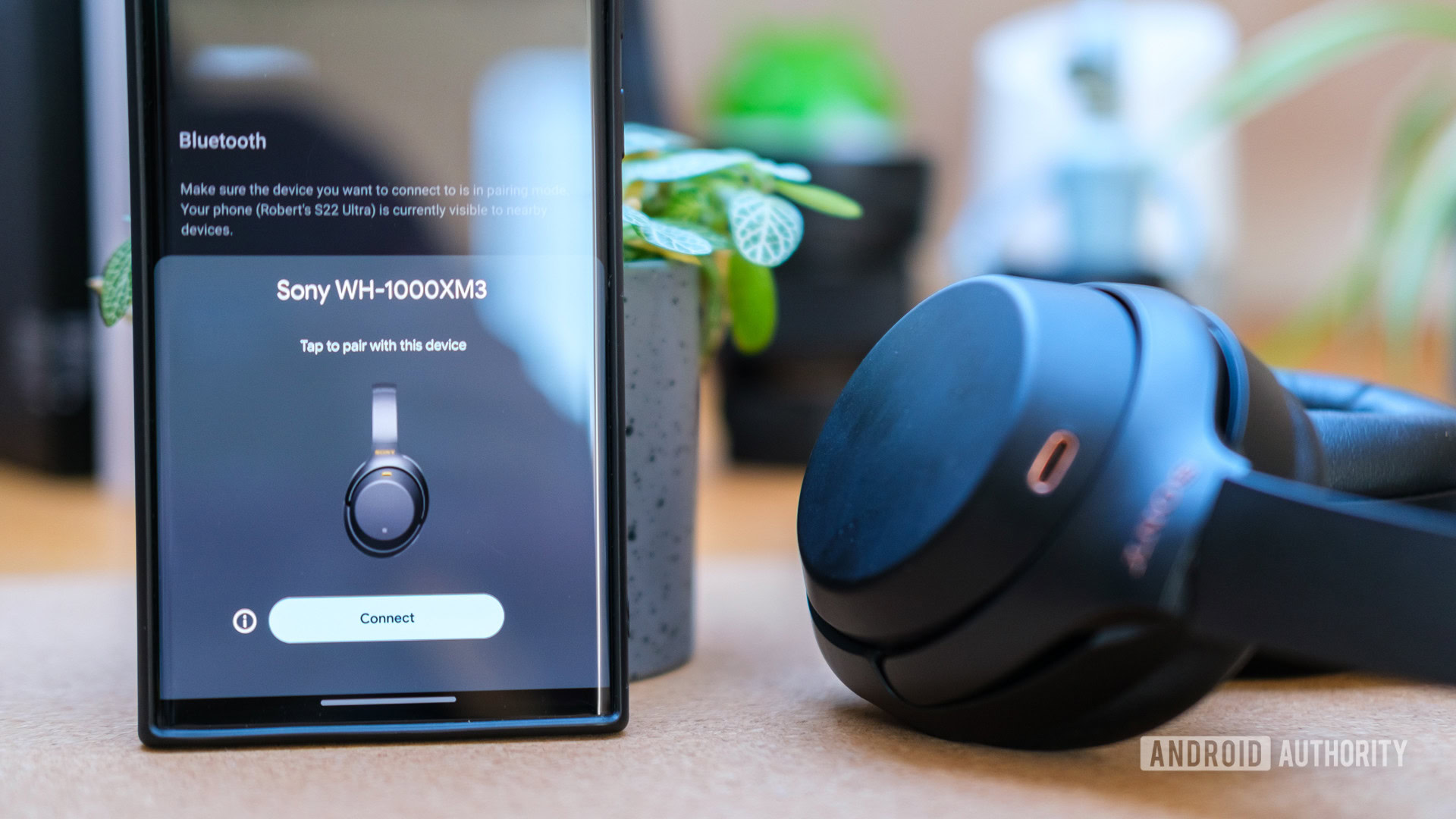
The Evolution of Bluetooth: From Humble Beginnings to Cutting-Edge Technology
Bluetooth has come a long way since its inception in the late 1990s. From its early days as a niche wireless protocol to its current status as a ubiquitous technology, Bluetooth has undergone significant changes and improvements over the years. In this article, we’ll explore the history of Bluetooth, its major versions, and the new features that have been introduced to make it more efficient, secure, and powerful.
Bluetooth 1.0: The Birth of a New Technology
The first Bluetooth version was released in 1999, and it was the brainchild of IBM and Ericsson. The technology was originally designed to integrate cellular connectivity within laptops, but it soon evolved to become a wireless personal area network (PAN) technology. Bluetooth 1.0 had a range of around 10 meters and a data transfer rate of 721 Kbps.
Bluetooth 2.0: Enhanced Data Transfer and Security
Bluetooth 2.0, released in 2004, introduced Enhanced Data Rate (EDR) technology, which increased the data transfer rate to 3 Mbps. This version also introduced Secure Simple Pairing (SSP), which made it easier to pair devices and improved security.
Bluetooth 3.0: High-Speed Data Transfer
Bluetooth 3.0, released in 2009, introduced High-Speed Data Transfer (HSBT) technology, which allowed for data transfer rates of up to 24 Mbps. This version also introduced the ability to use Wi-Fi for data transfer, making it a more efficient and faster technology.
Bluetooth 4.0: Low Energy and Smart Devices
Bluetooth 4.0, released in 2010, introduced Low Energy (LE) technology, which reduced power consumption and made it possible for devices to run for months on a single battery. This version also introduced Smart Devices, which allowed for more efficient and secure data transfer.
Bluetooth 5.0: Longer Range and Higher Data Transfer Rate
Bluetooth 5.0, released in 2016, introduced longer range and higher data transfer rates. It also introduced the ability to broadcast data to multiple devices at once, making it a more efficient and powerful technology.
Bluetooth 5.1: Direction Finding and Precise Tracking
Bluetooth 5.1, released in 2019, introduced Direction Finding, which allowed for precise tracking and location-based services. This version also introduced the ability to broadcast data to multiple devices at once, making it a more efficient and powerful technology.
Bluetooth 5.2: LE Audio and Auracast
Bluetooth 5.2, released in 2020, introduced LE Audio, which allowed for higher-quality audio streaming and reduced power consumption. It also introduced Auracast, which allowed for audio broadcasting to multiple devices at once.
Bluetooth 5.3 and 5.4: Stability and Connection Improvements
Bluetooth 5.3 and 5.4, released in 2021 and 2023 respectively, introduced stability and connection improvements, making it a more reliable and efficient technology.
Bluetooth 6.0: The Latest Generation
Bluetooth 6.0, released in 2024, introduces Bluetooth Channel Sounding, which allows for accurate distance measurements and more efficient data transfer. It also introduces more security and efficiency improvements, making it a more powerful and reliable technology.
The Future of Bluetooth
As Bluetooth continues to evolve, we can expect to see even more improvements and innovations. With the introduction of Bluetooth 6.0, we can expect to see more accurate distance measurements, more efficient data transfer, and more secure connections. As the technology continues to advance, we can expect to see even more exciting developments and innovations in the world of Bluetooth.
Conclusion
Bluetooth has come a long way since its inception in the late 1990s. From its early days as a niche wireless protocol to its current status as a ubiquitous technology, Bluetooth has undergone significant changes and improvements over the years. With the introduction of Bluetooth 6.0, we can expect to see even more exciting developments and innovations in the world of Bluetooth.

